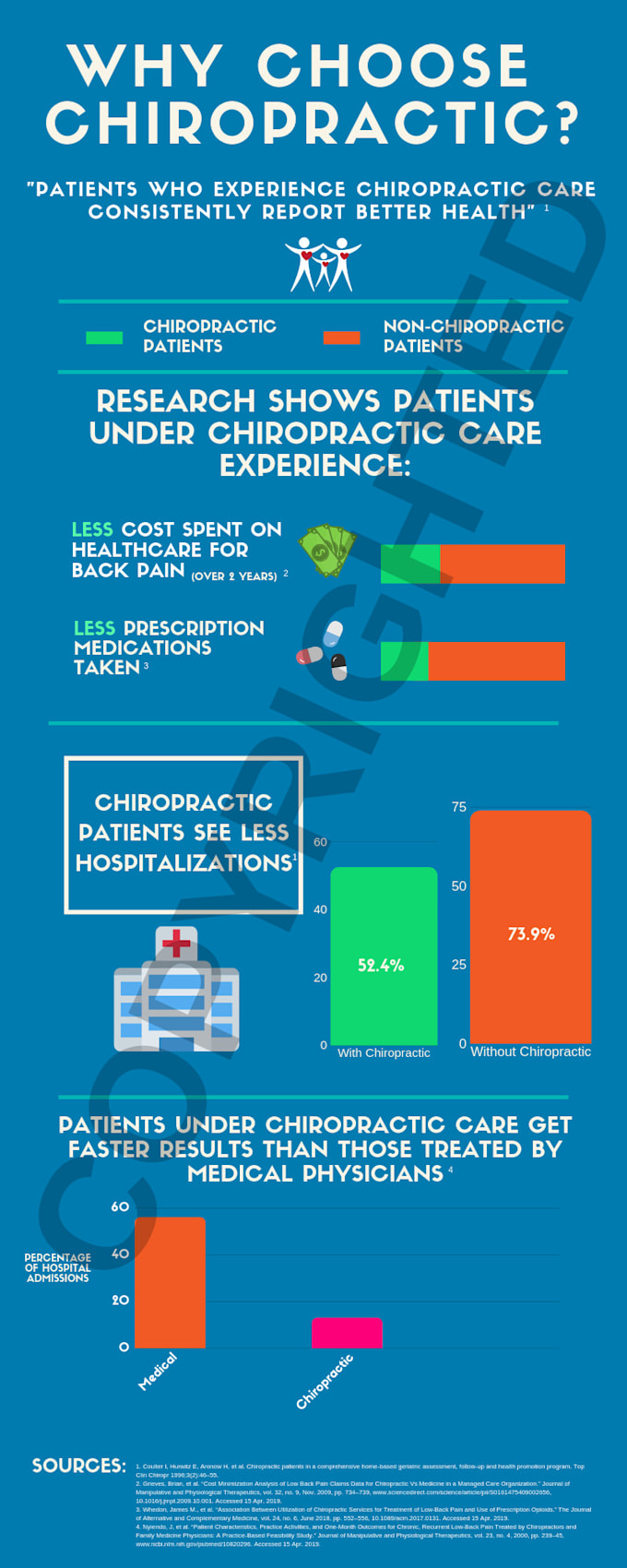Simply Exactly How Does Cold Laser Therapy Harness Light To Change Healing, And What Groundbreaking Possibilities Exist In Advance For Discomfort Administration?
Simply Exactly How Does Cold Laser Therapy Harness Light To Change Healing, And What Groundbreaking Possibilities Exist In Advance For Discomfort Administration?
Blog Article
Content Author-Sheehan Slattery
When thinking about alternative therapies, cold laser therapy sticks out because of its one-of-a-kind strategy to recovery. By making use of specific wavelengths of light, it targets cellular features and promotes healing in a non-invasive fashion. This method not only boosts ATP production however additionally aids in lowering inflammation and pain. As research remains to unfold, the implications for recovery and pain management could be significant. What does this mean for future therapy alternatives?
The Devices of Cold Laser Treatment
Cold laser treatment, likewise called low-level laser therapy (LLLT), functions by boosting cellular feature via the application of specific wavelengths of light.
When the laser light permeates your skin, it communicates with the mitochondria in your cells, enhancing ATP production. This boost in ATP invigorates your cells, advertising healing and regeneration.
The light also influences cell membrane layers, enhancing their permeability and assisting in vitamins and mineral absorption while getting rid of toxic substances. Additionally, laser treatment for back pain reviews of endorphins and reduces inflammation, assisting your body respond better to injury.
You'll experience boosted blood flow as the treatment promotes capillary development, making sure that oxygen and nutrients get to broken tissues much more effectively.
Recognizing these systems can aid you appreciate its possibility in promoting recovery.
Prospective Benefits of Cold Laser Treatment
When taking into consideration alternatives for discomfort alleviation and healing, you may find cold laser treatment to be an attractive choice. https://www.sarasotamagazine.com/health-and-fitness/2021/03/laser-bed-therapy -invasive method can help in reducing swelling, ease pain, and promote cells repair service.
Many people report quicker recuperation times from injuries and surgeries after going through cold laser therapy. It's especially helpful for conditions like joint inflammation, tendonitis, and muscle mass pressures.
You may likewise value that it has minimal adverse effects compared to pharmaceuticals. In addition, cold laser treatment can enhance blood circulation, which assists in providing nutrients and oxygen to damaged locations.
Current Study and Scientific Applications
As rate of interest in cold laser therapy expands, scientists are discovering its numerous applications and effectiveness in medical setups. You'll find studies examining its role suffering monitoring, injury recovery, and minimizing swelling.
In physical treatment, practitioners make use of cold laser treatment to enhance recovery in sporting activities injuries, while dentists are locating it useful for dealing with oral discomfort and periodontal problems. Ongoing tests are analyzing its possibility in treating problems like joint inflammation and neuropathy.
These research studies aim to establish standard methods and does, making certain safety and effectiveness. As even more evidence emerges, you might see cold laser treatment becoming a staple in both rehabilitation and discomfort management, offering patients a non-invasive option that enhances standard therapies.
Final thought
To conclude, cold laser treatment supplies an encouraging strategy to recovery by harnessing particular wavelengths of light to improve mobile functions and promote recovery. With benefits like boosted blood circulation, decreased swelling, and pain alleviation, it's becoming a valuable option for different problems. As research remains to develop standardized procedures, you can eagerly anticipate greater approval of this non-invasive therapy in rehabilitation methods and discomfort administration techniques, making it a potential game-changer for many patients.
